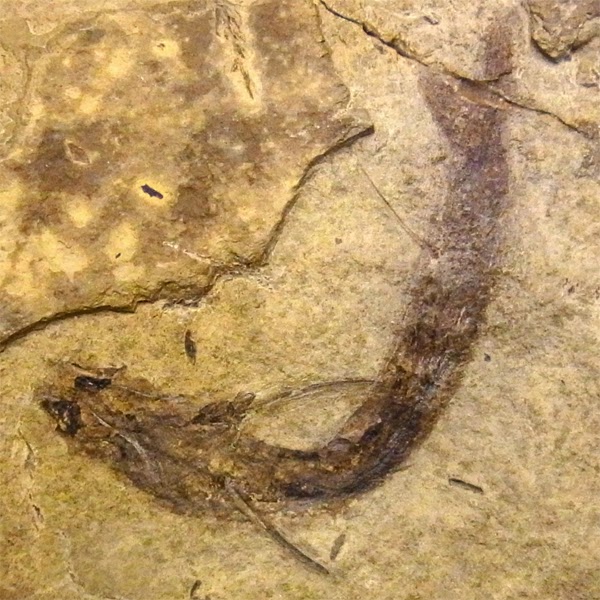
A fish eye from a primitive time when Earth was but one single continent, has yielded evidence of color vision dating back at least 300 million years, researchers said Tuesday.
Analysing the fossilized remains of a fish from the “spiny shark” family that lived long before the dinosaurs, scientists discovered light-sensing “rod” and “cone” eye cells—the oldest ever found.
“This is the first discovery of vertebrate retinal fossils,” said Gengo Tanaka from Japan’s Kumamoto University, who co-authored the study in the journal Nature Communications.
It is rare for palaeontologists to find eye remains, as the soft tissue generally decays within 64 days, the authors of the study said.
However, the Hamilton Quarry in Kansas is a treasure trove of unusually well-preserved fossils—an entire ecosystem having been rapidly buried under sediment.
They included the extinct fish Acanthodes bridgei—among the oldest known vertebrates with jaws.
It had a long, streamlined body and fins with spines, is believed to have lived in shallow, brackish water, and died out at the end of the Permian period about 250 million years ago when nearly 90 percent of species disappeared in the largest extinction in Earth’s history.
An A. bridgei specimen found at the quarry retained elements of the original eye colour and shape, and a light-absorbing pigment in the retina.
The remains had been preserved under a thin coating of phosphate, Tanaka told AFP.
Analysis of the tissue “provides the first record of mineralized rods and cones in a fossil,” said the study.
These, combined with light-absorbing melanin pigments, suggested the fish was “probably” able to see in low light using highly-sensitive rod cells, and by day using cone cells.
In modern animals, cone cells respond individually to light at specific wavelengths, thus allowing observation of different colors.
“The presence of cones indicates that A. bridgei likely possessed color vision”, the study said—though conclusive evidence is needed.
Vision is thought to have existed for at least 520 million years, but this is the first direct evidence of color-sensitive receptors.
Reference:
Nature Communications, http://nature.com/articles/DOI: 10.1038/ncomms6920
Note : The above story is based on materials provided by © 2014 AFP.










